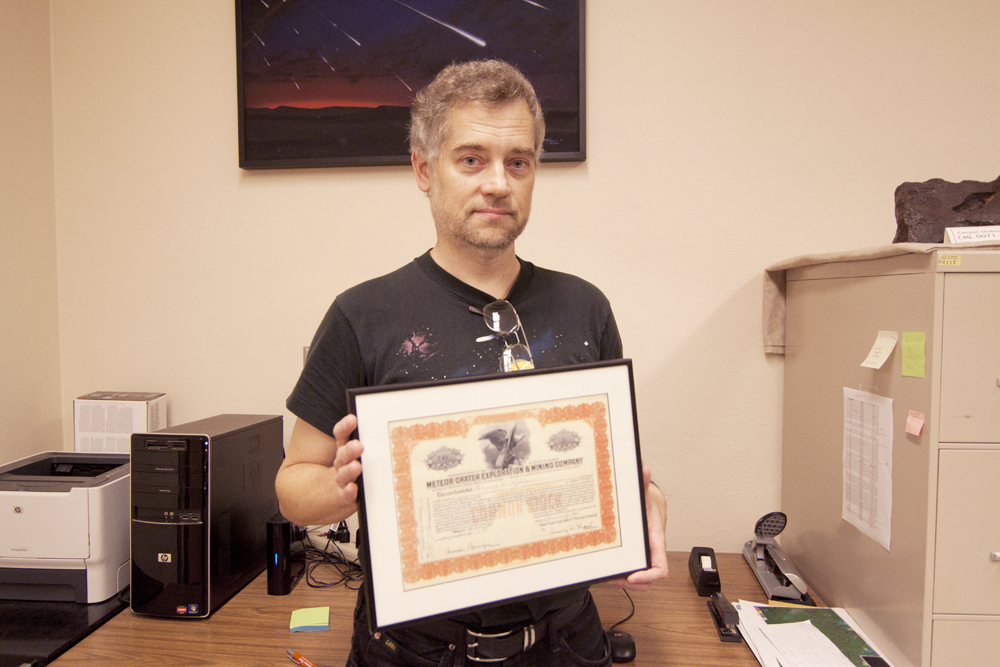When Ubisoft relaunched the Prince of Persia series six years ago, you’d probably never have guessed the visage the character has now taken on. Although the Prince is simply known by his title, he isn’t a nobleman like his predecessor was in 2003’s The Sands of Time. Actually, the new prince has little to do with the princes of old.
A whole new Prince
When Ubisoft relaunched the Prince of Persia series six years ago, you’d probably never have guessed the visage the character has now taken on.
Although the Prince is simply known by his title, he isn’t a nobleman like his predecessor was in 2003’s The Sands of Time. Actually, the new prince has little to do with the princes of old.
No, the new prince, delivered via the series’ development team at Ubisoft Montreal, is everything the old one wasn’t—a dusty, smartass scoundrel who earns a ragged living robbing tombs. He’s part Aragorn, part Indiana Jones and part Captain Mal Reynolds of Firefly fame.
The prince’s new rough-and-tumble look is only part of the equation. Although handy with a sword, his combat skills are tempered by the presence of Elika.
Elika is a devoted princess (and priestess) who wields magic powers against the “corrupted,” demon-like beings who pledged their loyalty to the dark god, Ahriman, who is sort of let loose from his prison at the beginning of the game.
Together, Elika and the prince must cleanse the corrupted lands of … wherever they are, and when not effortlessly swinging and clambering across gorgeous landscapes, they’re forced to face off in a series of cinematic battles with Ahriman’s would-be brood in order to save Elika’s nigh-abandoned kingdom.
Combat has also been modified in the new Prince. Far more artistic than technical, there are only two attack types (gauntlet and sword) acrobatics and Elika’s magic. The results are climactic, film-like death matches that show the Prince and his companion in various dazzling acrobatic signatures, which highlight the game’s stunningly stylized art direction.
It’s actually a near completely different interpretation of the series, similar in some respects to when Japanese director Ryuhei Kitamura reimagined Hideo Kojima’s PS One classic Metal Gear Solid in the Gamecube remake The Twin Snakes.
But unlike The Twin Snakes, which could have been called “Metal Gear Solid: Ridiculous Action Movie,” (a jab I make lovingly) Prince of Persia may actually be something else entirely: an “art” game.
The game actually has more in common with Shadow of the Colossus, Team ICO’s “boss-battle-only” addition to the “art game” canon.
Like Colossus, fighting in the new Prince amounts to a series of simply controlled, one-on-one boss and mini-boss battles that pit the Prince and Elika against the guardians of each of the game’s distinct, open environments.
Also like Team ICO’s god-killing masterpiece, Prince of Persia‘s open-ended world is vast and beautiful, but perhaps the biggest thing about Prince of Persia that suggests “art game” status is that you can’t die. Every time you fall down an endless chasm, or are about to feel the rough blade in your chest, Elika’s mysterious light-based powers intervene.
Since the Prince can’t die, you can’t lose. And if you can’t lose, the developers were obviously hoping gamers would find emphasis on something other than the challenge.
Luckily, there are many parts of the game to distract you. Gameplay is smooth, the world is sumptuous and absorbing, and its unique mechanics, with a focus less on crossing blades than on running across cliffs and leaping over chasms, make for an exciting time.
The Prince himself is well developed, swashbuckling, and unlike his predecessors, often laugh-out-loud funny.
The game’s script often has a spirit reminiscent of the original Pirates of the Caribbean, complementing the new Prince’s high-end production values. Ubisoft Montreal clearly employs a bunch of cinema lovers, which is evident in more than just the combat.
Watching Elika cleanse the corruption from filthy, polluted wastelands into brightly lit, lush, colorful landscapes is a major visual treat that show off the game’s technical prowess and artistry, as are some of the game’s epic set pieces.
However, as fun as the new Prince is, it isn’t perfect. Some players may find it hard to subscribe to the game’s no-death philosophy, and others may be turned off by its “tap a button” style combat and the general ease provided with what amounts to immortality.
In it’s own way, Prince of Persia does still feel like you’re living out an ancient legend, albeit one that displays a different kind of storytelling than in The Sands of Time. But if art is defined as “thinking outside the box,” then Prince of Persia is certainly worthy of such a description.
The gameplay in Prince of Persia isn’t your typical mainstream industry fare. Hell, the villain isn’t even really present, aside from being a much talked about malevolent force.
There are snatches of industry standards, to be sure, but what Ubisoft Montreal has really done is taken the series, stripped it down to its bare essentials, and rebuilt it from the inside out with a new, completely different body.
True, without the promise of death, the presence of real tension in the game is questionable, but maybe it’s not the point, either. If more games would take risks like this, videogames could very well develop into the same kind of multifaceted medium that film industry has become.
And if Ubisoft can do it to the new Prince, an unabashedly high profile game which wears its budget on its sleeve, maybe more companies should be able to take such chances. It’s likely that’s precisely the message the game is trying to get across, otherwise such drastic changes probably wouldn’t have made it beyond the stage of concept art.
So, will the industry listen? Only time will tell. But even if Prince of Persia isn’t perfect, it too is important. It’s bold and brassy, and most notably, tries something different. Do yourself a favor—don’t ignore this one.



